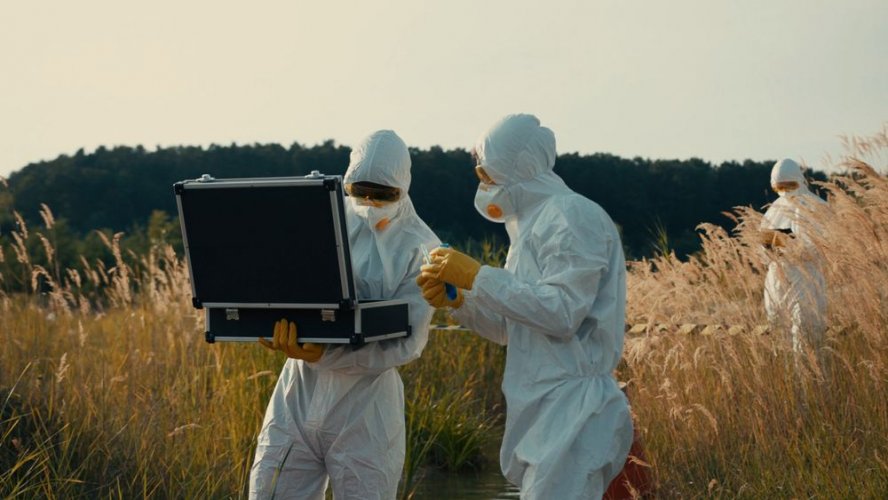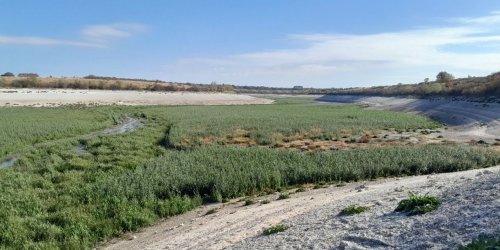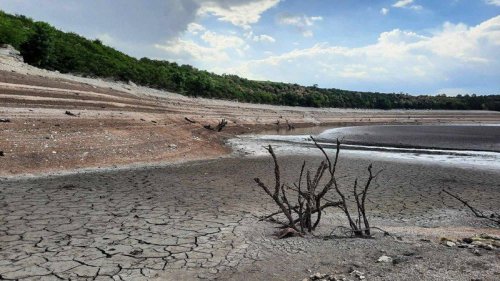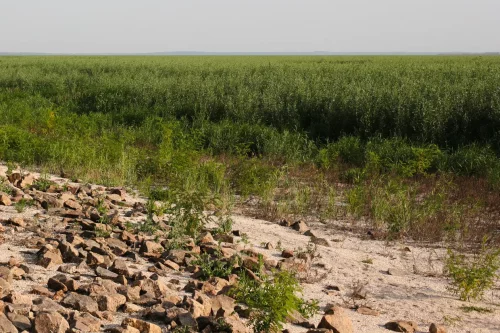In the Kurgan region of Russia, floods have flooded old uranium wells at the Dobrovolne deposit. Activists emphasize that the uranium-contaminated water got into the Tobol River.
This was reported by Russian media, Glavkom reports.
It is noted that the flood washed radioactive dirt into the Tobol River, which had been collected over the years from groundwater from old wells. An old well that has been leaking for more than 35 years could be under water, while new wells were drilled at a higher level and water has not yet reached them.
It is reported that when the wells are flooded, the water takes away soluble uranium salts that enter the Tobol River. This leakage could lead to an increase in the content of uranium salts in the water, which in turn could lead to an increase in diseases due to radiation exposure.
Rosatom's subsidiaries engaged in mining in the Kurgan region assured that they were monitoring the situation and that the water would not flood the wells. The company's press service stated on April 20 that the flood had spared the uranium wells. However, the statements of the state corporation contradict the video from the scene.
As EcoPolitic previously reported, in Donetsk region, the environmental inspection recorded 24 cases of environmental pollution as a result of Russian shelling of Kurakhivska TPP worth almost UAH 1 billion.





